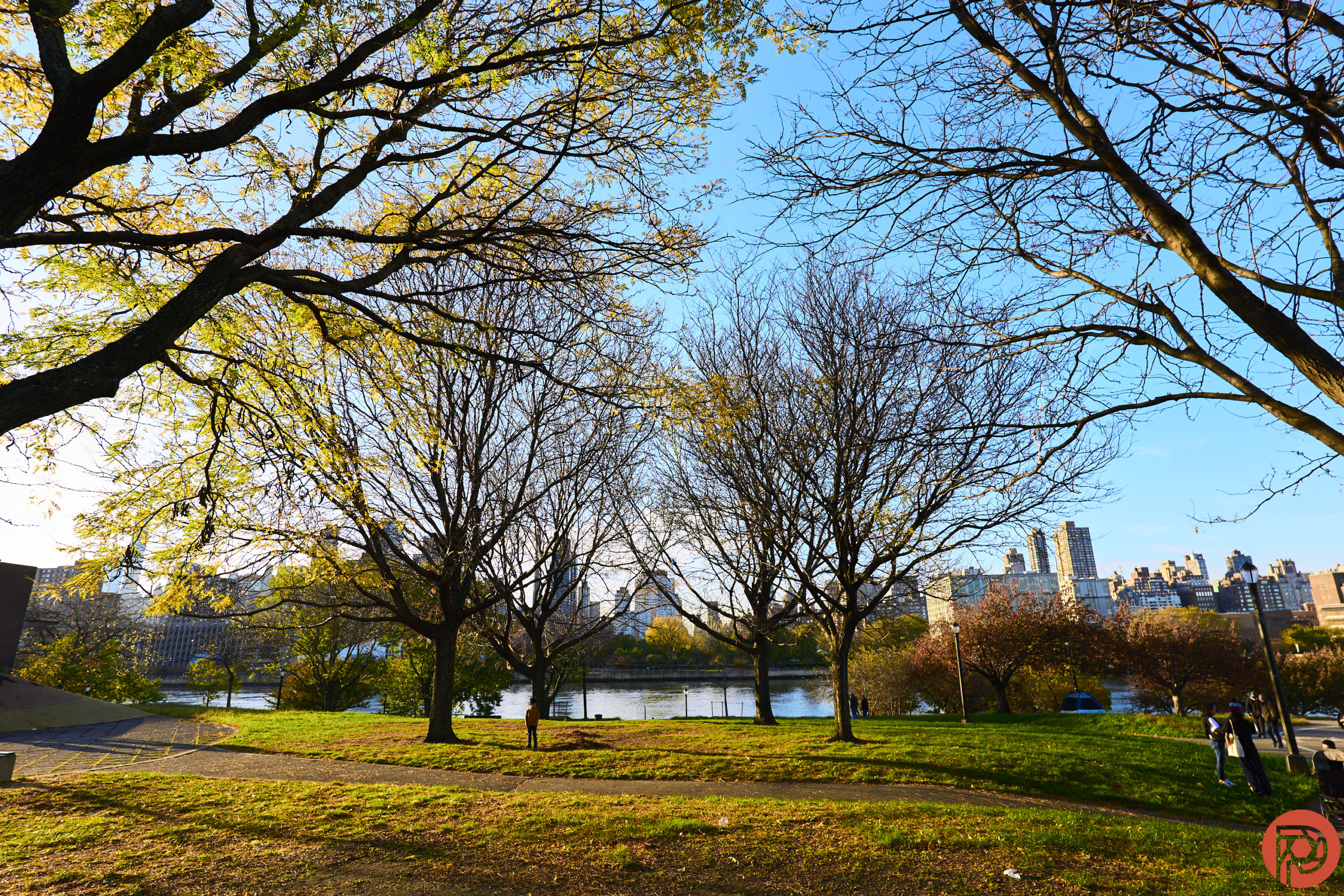There are tons of reasons to be excited about the fall season. Traditionally, it’s always been a time to give thanks due to the bountiful harvest season after putting in all that work during the spring and summer. Then there’s all the coziness that comes with the fall that unmistakably gives us a nice, warm feeling on the inside. But for photographers, Mother Nature gives us a fleeting gift that we have to enjoy as the trees start to lose their chlorophyll and adorn the rest of the world with beautiful colors. If you’re looking for some unique tips on photographing the fall in a big city, check this out — and you’ll see why Lumix cameras are such a special choice here.
This piece is presented in partnership with LUMIX. We’ve independently and ethically reviewed all the products in this post already without sponsorship. And we worked with them to recommend a few key gems to you.
Table of Contents
Why Golden Hour is Huge Here
In big cities, the trees typically put on their best fall fashion. The in-season colors being boasted are greens, browns, reds, and yellows. All this is put on against the backdrop of a blue and white sky. In the case of big cities, you’ll get that mixed in with blue or green glass along with the red brick of buildings. But what’s really key here is the light. In the fall season, the golden hour is so key here.
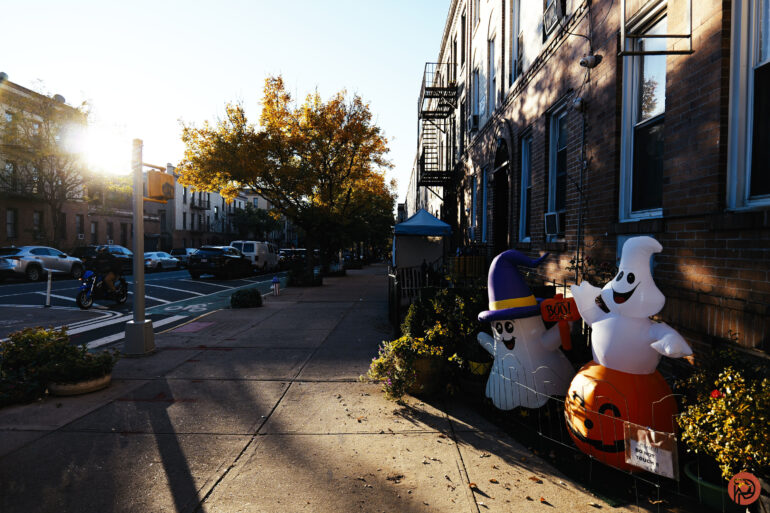
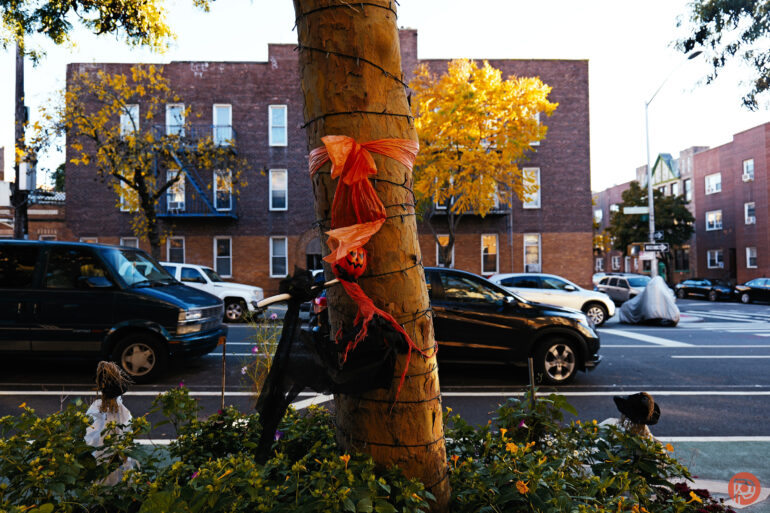
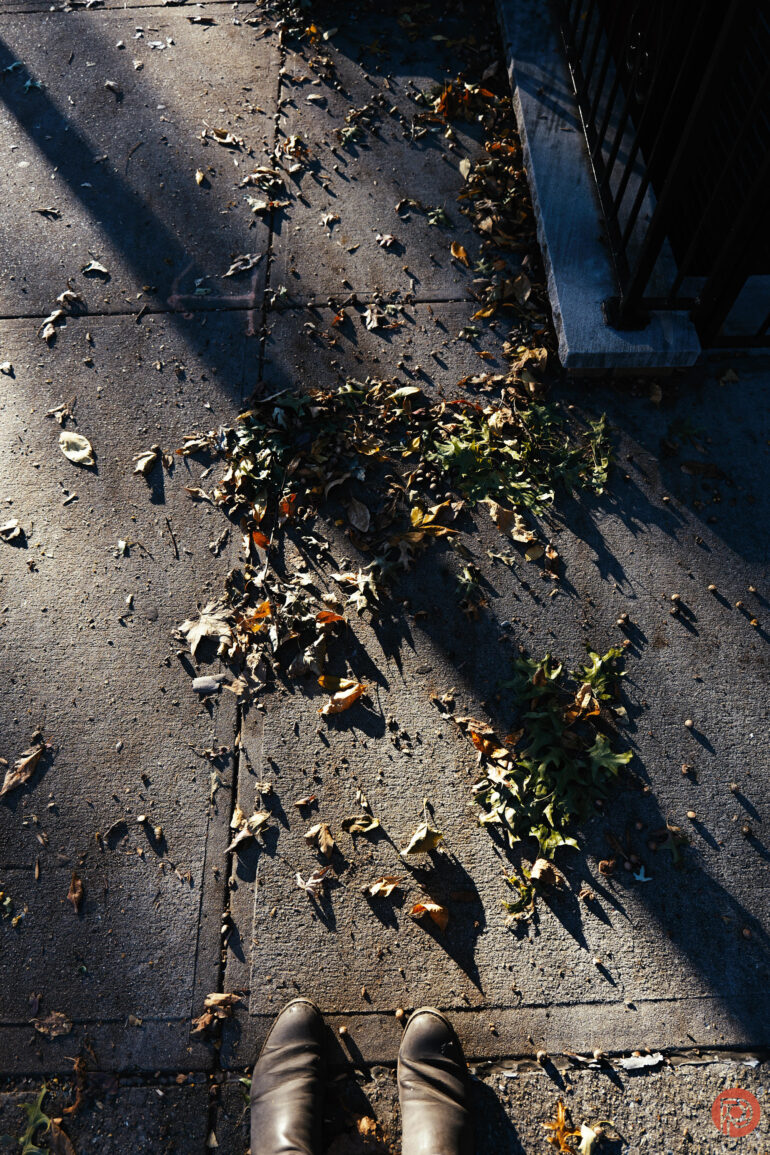
In lay person’s terms, you need warm light to make the colors of the trees glow with even more beauty than they already have. I mean, who doesn’t want to be seen in their best light?
To make the most of this, Set a camera like the LUMIX S5 II or the LUMIX G9 II to daylight white balance mode. Veteran photographers know that this is a warmer white balance that really rounds out the scene just enough to make the colors truly pop during the golden hour. You can choose this setting in the camera or set the kelvin level to around 5500K.
Even better here, the golden hour typically lasts a longer amount of time. It reaches its most golden at a certain time, but the warmth is still there even for hours beforehand.
Shoot Wide. Stop the Lens Down
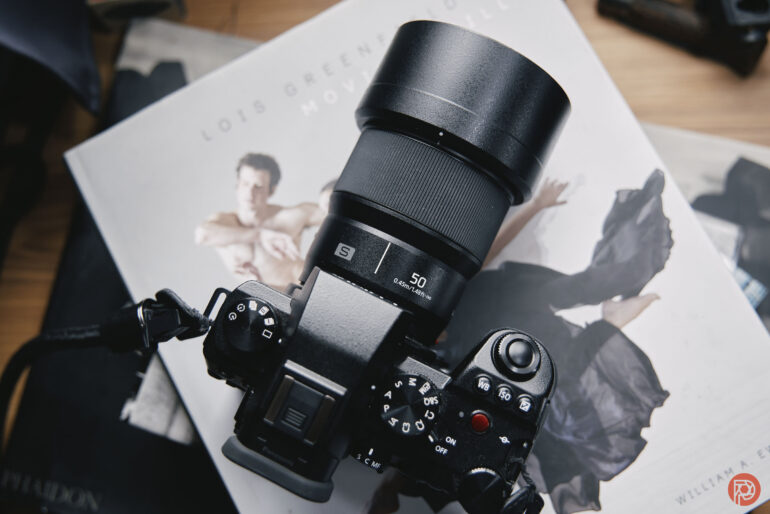
To get better photos of the fall season, we recommend that you start by shooting wide. If you’re using your camera’s kit lens — we’ve got a bit of great news for you. Sincerely, that might be all that you need! But otherwise, we recommend reaching for a few of LUMIX’s other wide-angle lenses. One of our favorites is the LUMIX 18mm f1.8. On full-frame cameras, this lens will give you scenes that just seem so incredibly magical. People will want to be exactly where you are — and they’ll immediately understand the beauty that you see.
Here’s where it’s so important for you to stop the lens down. When you stop the lens down, you get a lot more of the image in focus clearly. Do that to make better fall photos in big cities to show off all the beautiful contrast that’s right in front of you.
Go for Vivid Colors
Here’s a pro-tip: the more colors in the scene, the better the photo will generally be. For post-production reasons, this is great because it will make editing each of those individual color channels so much easier. The sensors in LUMIX full-frame cameras work in conjunction with processors and tech that can make your colors feel like something really unique. Specifically, many of the newer LUMIX cameras have a feature called Real Time LUT. This lets you upload custom profiles that are used to shoot movies.
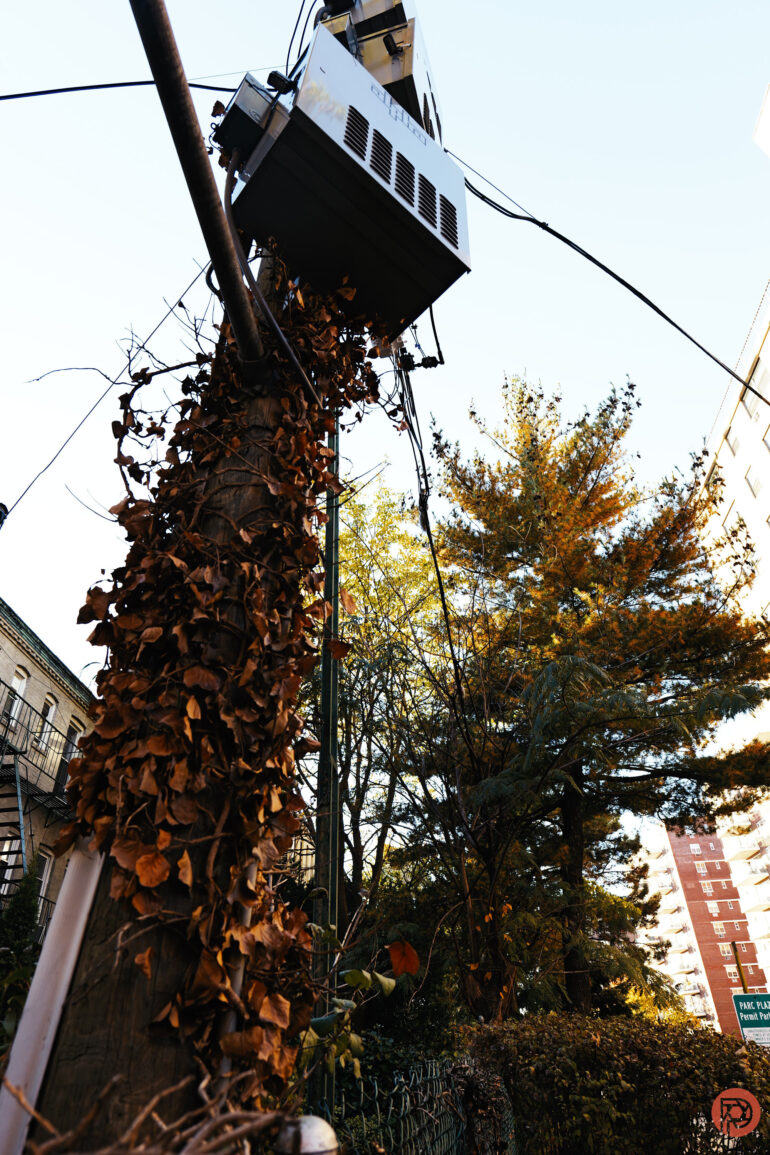
Personally speaking, I really like using ones that look like slide film. Slide film colors are very vivid, contrasty, and pronounced. So it’s no wonder I’m in love with them.
Shooting at Night? Yes, You Bet!
We know we told you to shoot at the golden hour. But don’t underestimate what it’s like to shoot at night too. In big cities, street lamps often cast their light onto trees. Those lamps are either Tungsten colored (warm) or Daylight (a bit more neutral). Your white balance works accordingly to these lights to “normalize the image.” Shooting at night makes the colors of the fall season pop even more against a darker blue sky.
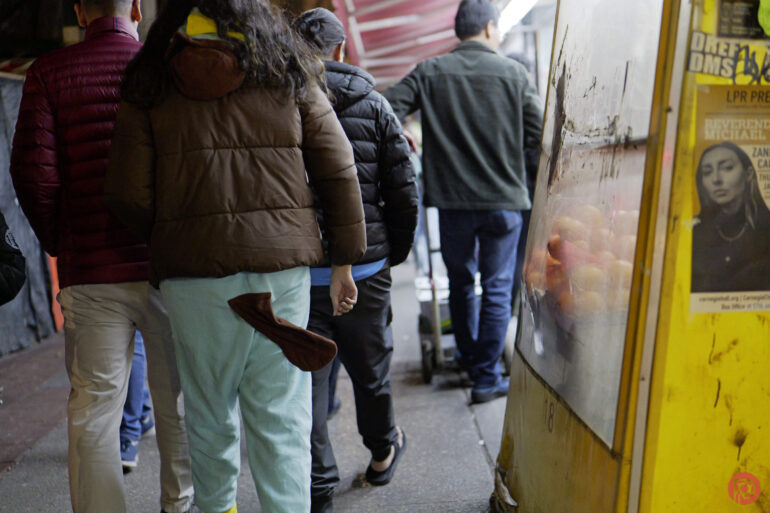
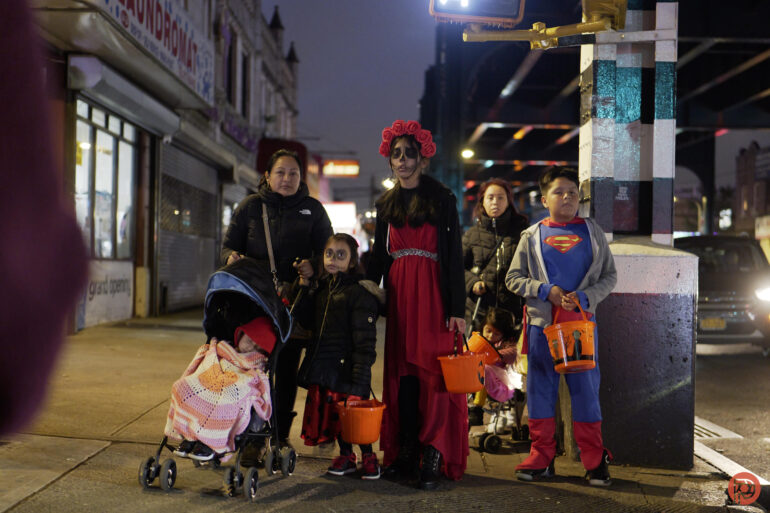
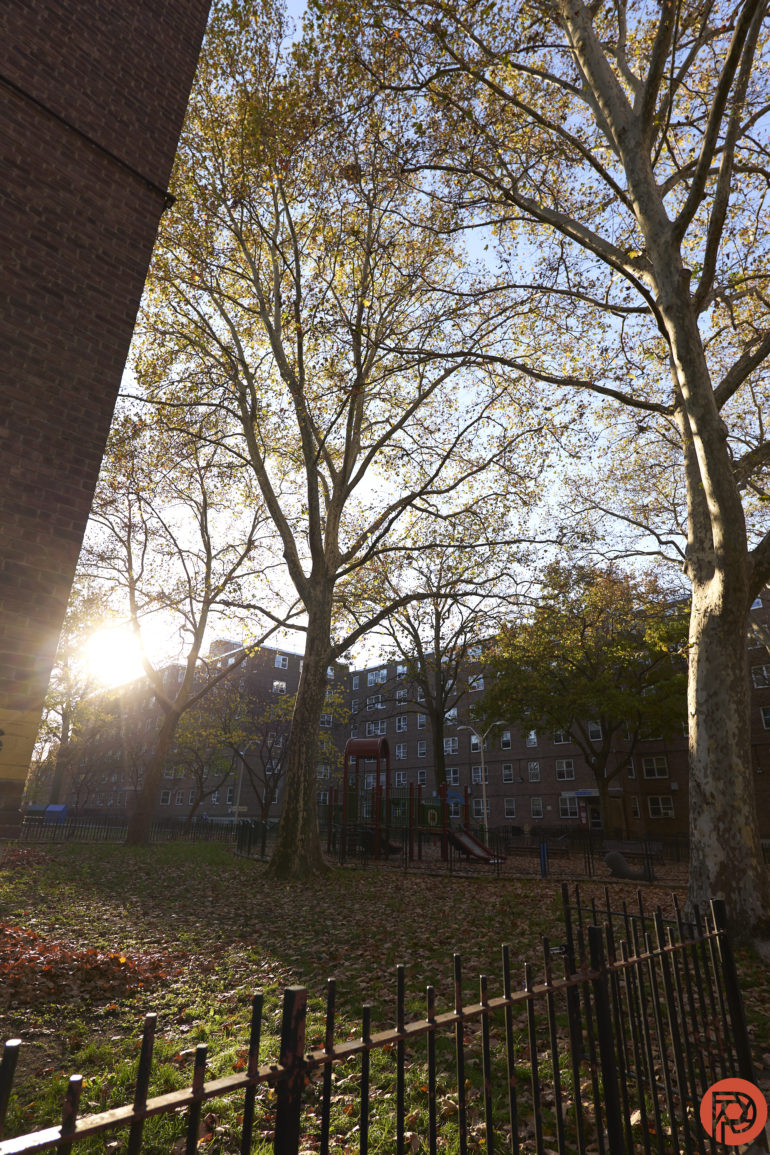
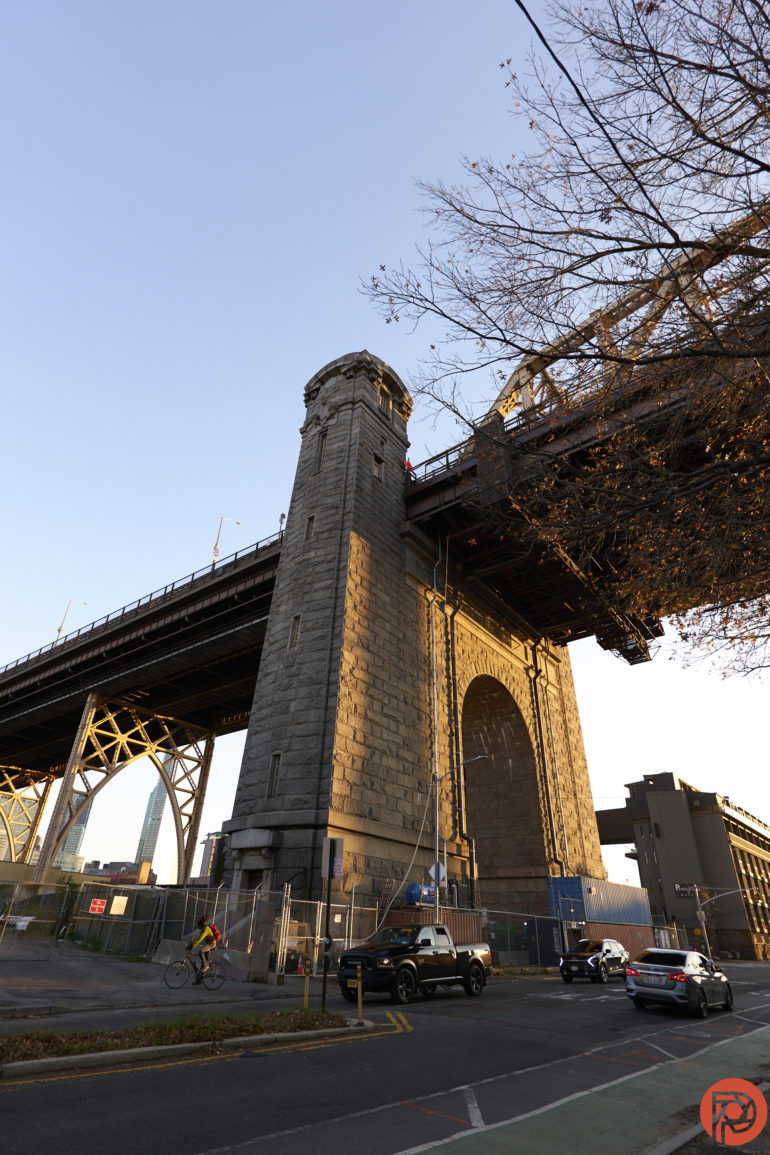
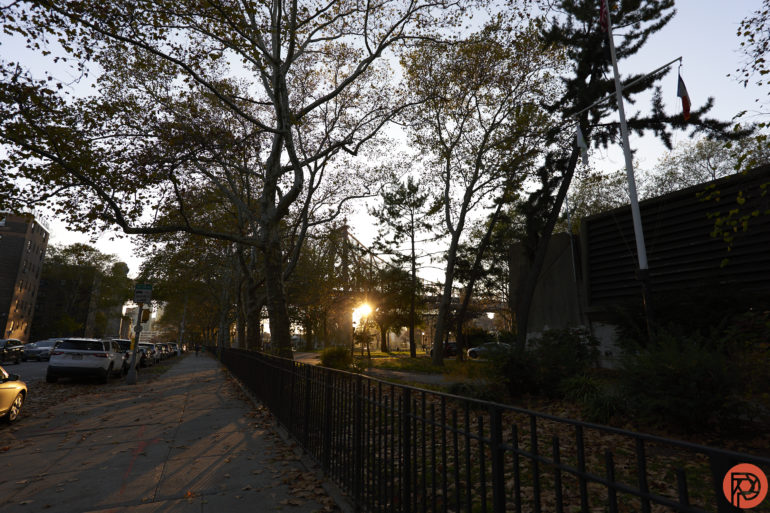
Suddenly, the world that you’re photographing has a bit more of a spotlight effect on it as the colors change and are cast in a totally new light. If you’ve never paid attention to it before, we encourage you to try the CineLike V2 profile on your LUMIX camera and shoot at ISO 6400. Use this with the exposure preview mode to make it easier for you to make the best results.
But you don’t even need to shoot at a higher ISO. Believe it or not, the image stabilization in a camera like the LUMIX S5 II is so good, it’s hard to take a blurry photo. And when you’re shooting handheld with a wider-angle, it will be nearly impossible.
Beyond this, think about all the decorations that folks might have at night for the different holidays going on. Your images most likely won’t even need post-production because they’ll end up looking just so beautiful.
Photographing the Harvest Season
Here in America, various different holidays happen and lend themselves to beautiful and iconic photos of the fall season. Halloween is a big one, and it’s easy to see pumpkins everywhere, along with all the rest of the fall colors. Among that, too, are Dias De Los Muertos, Thanksgiving, Diwali, and many others. All of these holidays embrace warm colors that lend themselves to photographs that your LUMIX camera can make even better.
Here’s where you might want to use continuous autofocus with face detection turned on for something like a parade or even just when out and about.
We’re genuinely hyped for the fall season; and LUMIX cameras make the full-frame experience feel truly special for several reasons.


